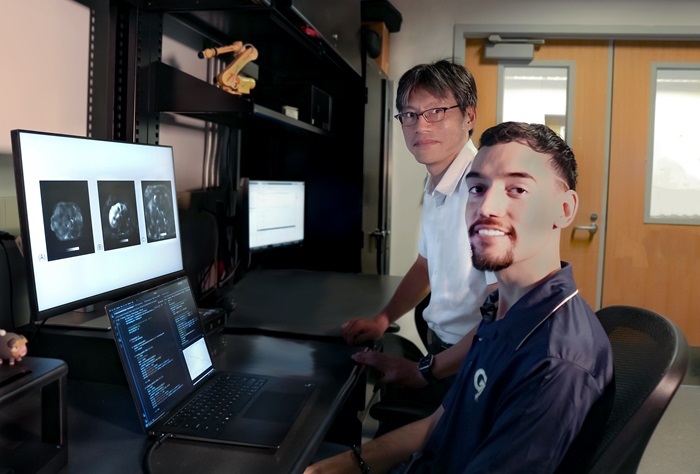Deep Learning Enables Accurate, Automated Quality Control Image Assessment for Liver MR Elastography
Posted on 21 Aug 2024
Hepatic disease impacts millions globally, with many more individuals having undetected stages of fatty liver disease. If left undiagnosed and untreated, these conditions can progress to cirrhosis, which involves irreversible liver scarring. Typically, a biopsy follows an abnormal blood test result to diagnose and monitor liver tissue, but this procedure carries risks and consumes time. To circumvent these issues, non-invasive techniques like magnetic resonance elastography (MRE) have been developed. MRE, which merges ultrasound and MRI technology, visualizes liver stiffness levels to indicate scarring and has become a favored method for diagnosing liver issues. Nonetheless, MRE scans can fail due to several factors such as patient movement, specific physiological traits, or technical issues like incorrect wave generation. The growing demand for diagnostic services combined with workforce shortages underscores the need for a reliable, automated method to classify MRE image quality to enhance efficiency and minimize repeat procedures.
Now, researchers at the George W. Woodruff School of Mechanical Engineering (Atlanta, GA, USA) have successfully utilized deep learning to significantly improve the accuracy of MRE image quality assessments. By using five deep-learning training models, they achieved an accuracy of 92% on retrospective patient images, which varied in liver stiffness. This technology also achieved a return of the analyzed data within seconds, enabling technicians to make necessary adjustments on the spot to avoid the need for additional patient visits due to initial low-quality scans.

The findings, detailed in the Journal of Magnetic Resonance Imaging, further advance efforts for automating MRE quality reviews using deep learning—a relatively untapped area in medical imaging technology. This research not only sets a benchmark for future studies on other organs like the spleen or kidneys but may also extend to automating image quality control in conditions like breast cancer or muscular dystrophy, where tissue stiffness is a critical marker of health and disease progression. The team plans to further test their models on Siemens Healthineers magnetic resonance scanners in the upcoming year, potentially transforming diagnostic processes across various medical fields.
Related Links:
George W. Woodruff School of Mechanical Engineering














